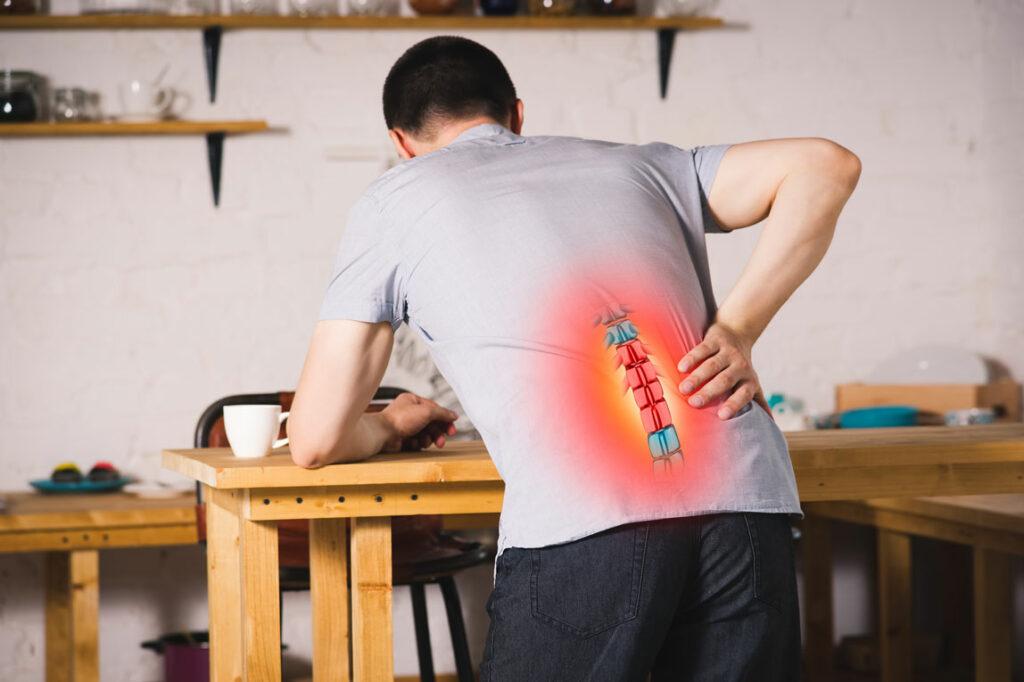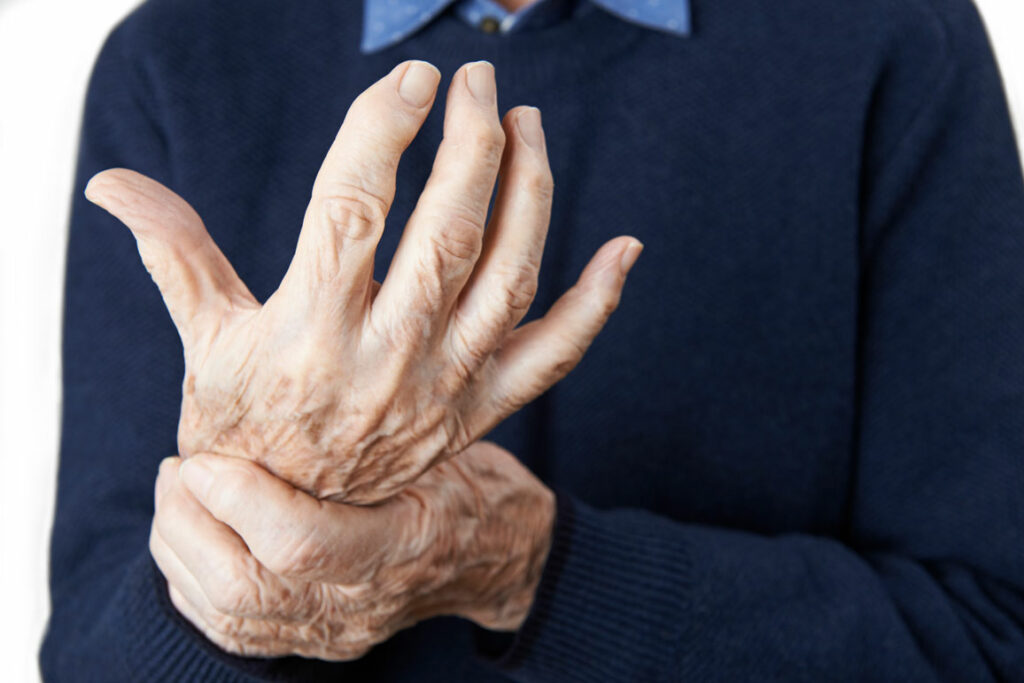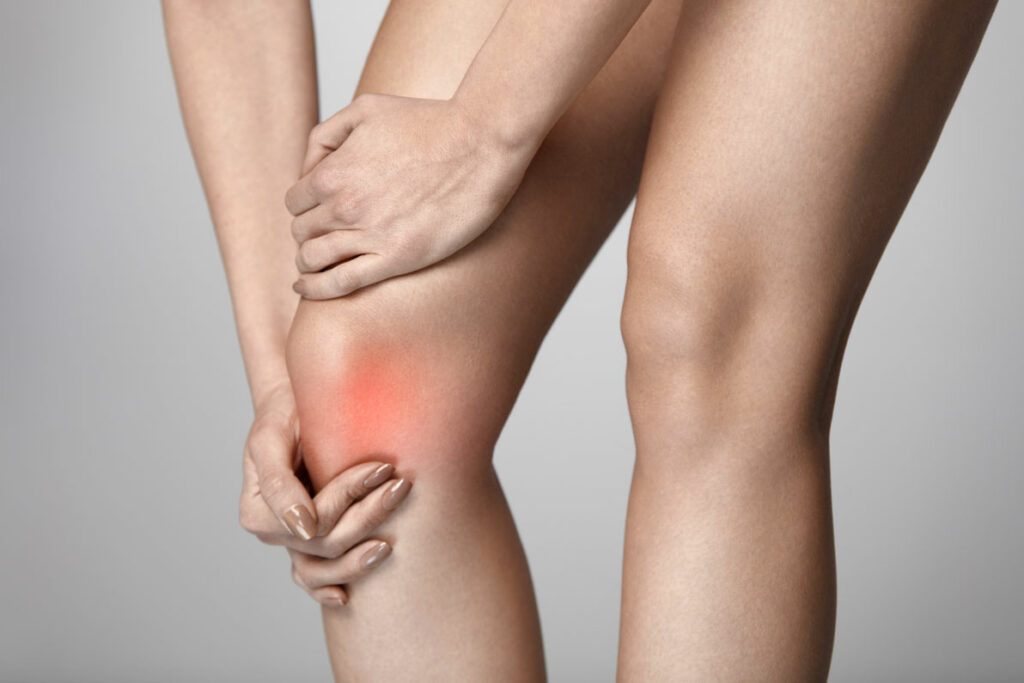Pain Awareness Month: Tips for Managing Pain with Rheumatic Disease
National Pain Awareness month in September offers us an excellent opportunity to raise awareness on the many challenges faced by patients living with chronic pain.
Watch the video: Tips for Managing Pain with Rheumatic Disease
Living with Chronic Pain
You are not alone if you are living with chronic pain due to rheumatic disease. Doctors have diagnosed an estimated 58.5 million Americans with rheumatic disease, including arthritis, rheumatoid arthritis, and lupus.
Chronic pain caused by rheumatic diseases is a complex and often pervasive condition. It affects daily activities, including your ability to work, care for yourself and your family, and even move around. It’s no surprise that living with chronic pain is often associated with a decreased quality of life.
While you may not be able to avoid the pain associated with rheumatic disease, there are some things you can do to limit it and prevent disease flare-ups.

Take Your Medications as Prescribed
If you are living with a rheumatic disease, it’s vital that you take medications as prescribed by your doctor.
Don’t increase or decrease your dosage without talking to your doctor first, and never take a pain reliever that your doctor didn’t prescribe, as it could interfere with other medications you are taking and further complicate your condition.
If you experience adverse side effects severe enough to keep you from taking your medication, or if you can’t afford its cost, speak to your doctor about your options.
Manage Your Weight
Carrying extra weight puts more pressure on your joints and increases your risk of pain. Additionally, fatty tissue is known to release inflammatory mediators and reduce adiponectin production, elevating your risk of inflammation and oxidative stress.
To help manage your weight, try eating a balanced diet with plenty of fresh fruit, whole grains, lean protein, and healthy vegetables. Avoid processed foods and sugary drinks and treats.
Keep Your Joints Moving
Regularly engaging in low-impact activities like walking, water aerobics, yoga, and tai chi can help reduce joint pain and improve flexibility, strength, and balance.
Make sure you talk to your doctor or physical therapist before you start a new or change your existing exercise routine. Additionally, ask them to recommend some daily stretches.
Although physical activity is probably the last thing you want to do when you have pain, you can gently increase your joint flexibility and energy levels when you start moving. Exercise can also boost the quality of your sleep.
Learn to Loosen Stiff Joints
Ask your doctor or physical therapist to show you massage techniques to help loosen stiff joints. You can also try using a warm compress to soothe your stiff joints or apply an ice pack to inflamed joints to help reduce the swelling.

Consider Joining a Support Group
Support groups offer a safe place to talk about your struggles with members going through similar situations as you. Members can also provide helpful tips and resources to help you cope with chronic pain.
Stay Positive
Rheumatic disease patients that keep a positive outlook can significantly boost their ability to cope with their condition.
Try to find enjoyable ways to keep your mind off the pain, and if you need additional support, ask your doctor to recommend a therapist. Additionally, some patients feel meditation and breathing techniques are helpful tools to ease the pain, so it’s worth exploring your options.
Ask Your Doctor About Biologic Infusion Therapy
The use of biologic drugs in the treatment of rheumatic diseases is increasing. This class of drugs offers excellent benefits in reducing the number and severity of disease symptoms and flare-ups with fewer side effects.
Speak to your doctor to determine if biologic infusion therapy is right for you.

